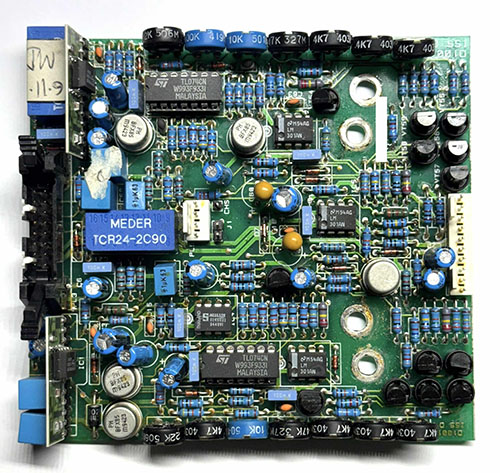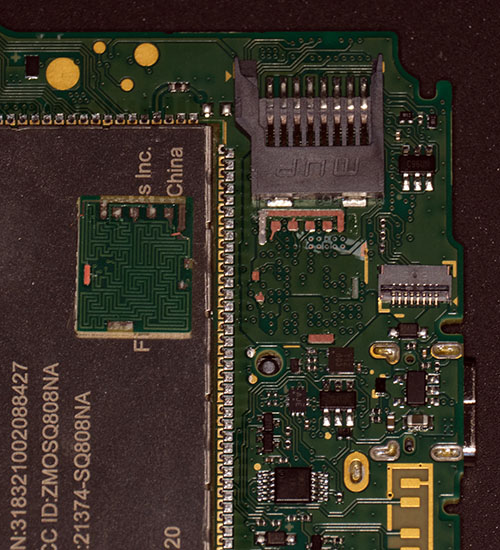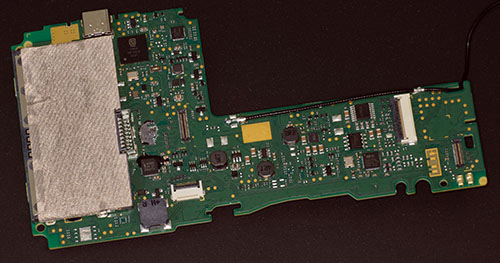The Ware for September 2024 is shown below:


This ware was a gift, but I won’t credit the donor until the solution is revealed, because the credit itself might give a clue about the ware.
My first reaction to seeing this board is: “this thing has a high BOM cost”. My second thought is the engineers who put it together (hopefully) got a lot of free lunches and design advice from US-based FAEs (been there, done that!). My third reaction is, huh, this is a thing (link goes to a Digikey listing for the tiniest photointerrupter that I have ever seen – 2.26 x 1.4 x 1.6mm – it’s ISO1 and ISO2 in the first image of the board; they are flanking the top and bottom of the rectangular cut-out in the board. Could come in handy someday, especially with the compact electromechanics of IRIS…).





